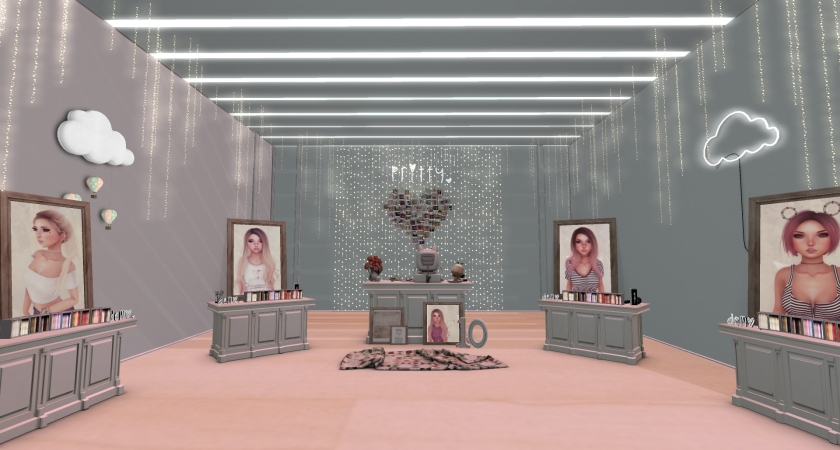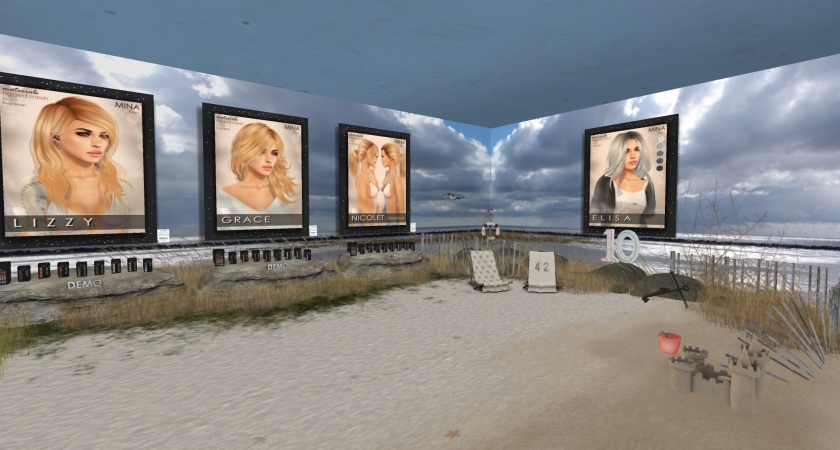 To help protect our grid from content theft, Littlefield recently created a new venue for our premium content, that cannot be accessed by hypergrid visitors, but only by committed, active members of our own community. Unsurprisingly, in response to an article about it, this move was met by criticism from the very people who forced us to enact this change. They spouted self-righteous platitudes about how Opensimulator “must” remain open and interconnected. Pretty words… but completely empty.
To help protect our grid from content theft, Littlefield recently created a new venue for our premium content, that cannot be accessed by hypergrid visitors, but only by committed, active members of our own community. Unsurprisingly, in response to an article about it, this move was met by criticism from the very people who forced us to enact this change. They spouted self-righteous platitudes about how Opensimulator “must” remain open and interconnected. Pretty words… but completely empty.
We started out believing in that fanciful pipe dream of being all open and interconnected. But Opensim people took dreadful advantage of us. Too many hypergrid visitors took our content, not to use and enjoy for themselves, but to SELL, when we had given it away for free.
But to me, even worse than that are the people who assume that we created OUR content to support THEIR grid.
People often praise the quality of content on Littlefield grid. Our content is outstanding because we worked long, hard hours to create it, and because we spent, literally, THOUSANDS of dollars of our own money to purchase premium textures, animations and so on directly from the artists who created them. Those premium building materials are superior in quality, but, not surprisingly, they come with licensing agreements, including the agreement that those materials would be used only on our grid.
Why would we spend so much of our own money, and use it to create things that we give away for free? For one reason and one reason only: to build a COMMUNITY.
We give things to the members of our community because our community gives back. We have an awesome community of people who help and support each other. Most hypergrid visitors, on the other hand, rarely participate in our community. They come, they take stuff, and they leave. They don’t even talk to us. What good does that do our grid?
We aren’t here to show off our creations. We are here to build a community. We invest in content to support our community. That’s the only reason we do it. Letting our content off our grid (1) does not support our community, (2) violates licensing agreements, and (3) pads the wallets of copybot thieves at our expense.
Littlefield is not now, never has been and never will be a business. We have never charged a penny for our content and we never will. It will always be given away for free.
If people from other grids would like to own our content, I would be more than happy to show them where to take a class in building skills, and point them to the same artists who supplied our materials, so that you can buy from them also. But instead of putting in the time, money and effort to create things themselves, people want to take a short cut. Instead of creators, they just want to be consumers. They want to build their grid using our stuff. I’m sorry, but we aren’t here to supply your grid with stuff. I’m happy to show you how to create your own stuff, though.
.





































.JPG)



































